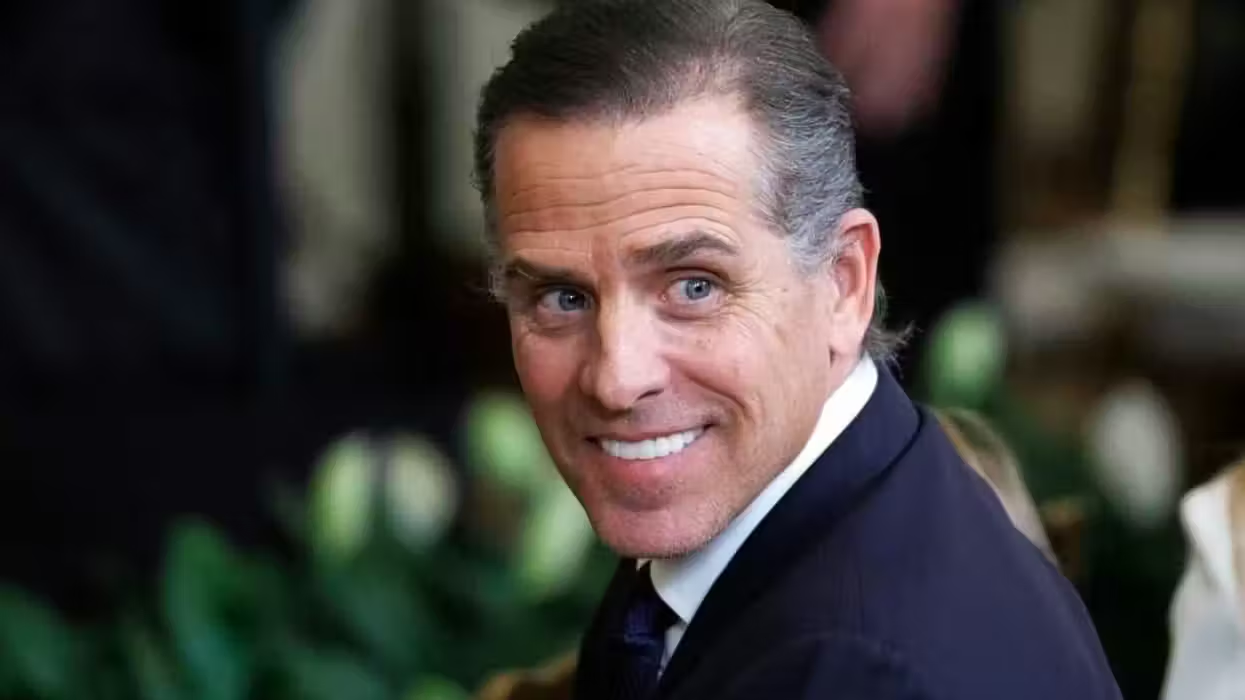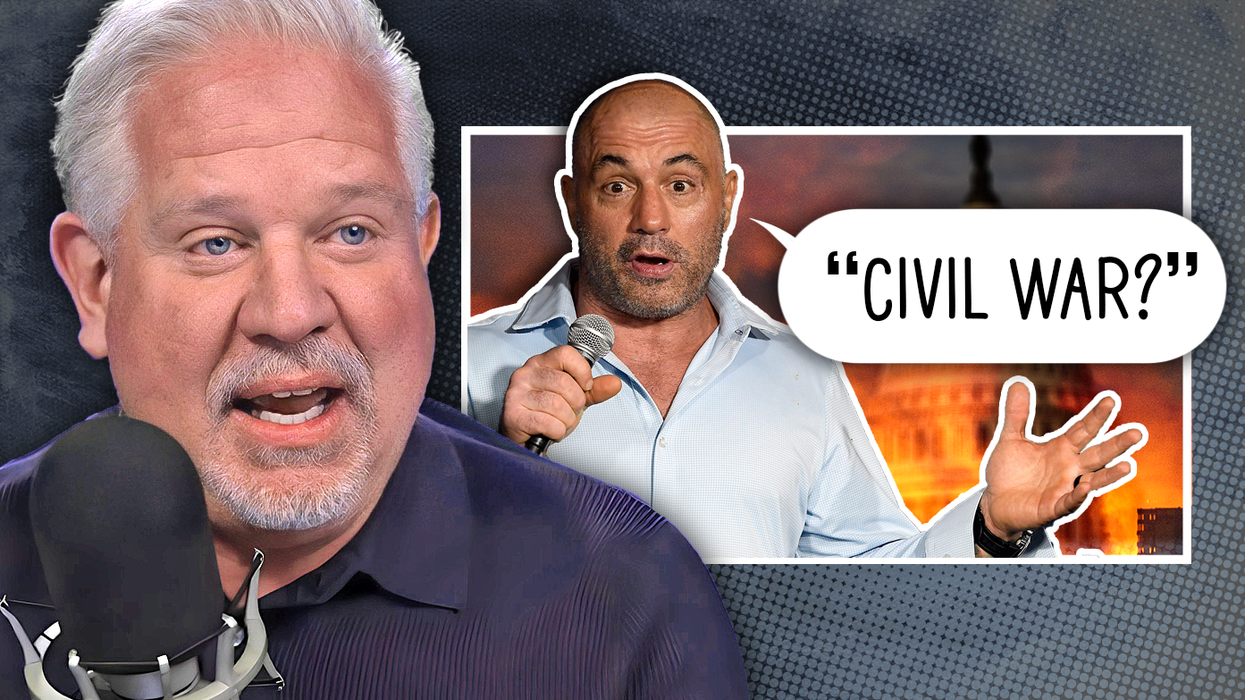The New York Times on Wednesday booted executive editor Jill Abramson, the first woman to hold the position in the Gray Lady's history, replacing her with managing editor Dean Baquet, who will become the paper's first black executive editor.
 In this June 2, 2011 file photo released by The New York Times, managing editor Dean Baquet, executive editor Jill Abramson, center, and outgoing executive Bill Keller, pose for a photo at the newspaper’s New York office. The New York Times announced on Wednesday, May 14, 2014, that Abramson, the newspaper’s first female executive editor, is being replaced by Baquet after two and a half years on the job. (AP Photo/The New York Times, Fred R. Conrad)
In this June 2, 2011 file photo released by The New York Times, managing editor Dean Baquet, executive editor Jill Abramson, center, and outgoing executive Bill Keller, pose for a photo at the newspaper’s New York office. The New York Times announced on Wednesday, May 14, 2014, that Abramson, the newspaper’s first female executive editor, is being replaced by Baquet after two and a half years on the job. (AP Photo/The New York Times, Fred R. Conrad)
Since the paper's leadership was diligently generic about the reasons behind the firing, rumors and speculations quickly began to swirl.
Here's what you need to know:
1. She's gone for good.
Abramson hasn't just been shuffled to a new job -- she's out at the Times completely, according to Poynter.
2. Abramson's firing may have been precipitated by her demanding the same amount of money as her predecessor -- but that's not the whole story.
The New Yorker reported late Wednesday that Abramson might have been pushed out because she discovered that she didn't make as much as her male predecessor had and began pushing for higher compensation.
"Several weeks ago, I’m told," the New Yorker's Ken Auletta wrote, "Abramson discovered that her pay and her pension benefits as both executive editor and, before that, as managing editor were considerably less than the pay and pension benefits of Bill Keller, the male editor whom she replaced in both jobs."
Abramson "confronted the top brass," according to Auletta's sources, but in an era of retrenchment and uncertainty, Abramson's demand for equal pay came across as "pushy."
There's a certain irony to the idea that a newspaper that has spilled so much ink on the equal pay for equal work issue could have been underpaying its own female executive editor -- but the dispute is likely only one element that contributed to Abramson's ouster.
On CBS' "This Morning" Thursday, Auletta emphasized that the pay dispute was "one of the reasons she was pushed out, not the only reason.”
The Times has sent mixed messages on the veracity of Auletta's claims, telling Politico that Abramson's pay was "not less" than Keller's, before telling Business Insider that her pay was "not meaningfully less."
A Times' representative eventually settled on telling Gawker that Abramson's and Keller's pay was "directly comparable."
3. "The New York Times is winning at journalism" -- journalism that readers end up seeing on other websites instead of the Times.
According to the Times' internal "Innovation Report 2014," obtained by BuzzFeed, the paper is struggling mightily to compete with younger, more agile digital competitors, and those competitors are using the Times' own reporting against it.
"Huffington Post and Flipboard often get more traffic from Times journalism than we do," notes the report.
The problem of "digital pickpockets" could be combatted with more aggressive social media campaigns, better headlines and a better overall web presence, the report says.
Abramson led the paper through a digital evolution, but she may have been canned because her leadership of that evolution was deemed inadequate.
4. It could just be personal.
In the Times' own coverage of the ouster, employees apparently complained that Abramson was "polarizing and mercurial."
She had clashed with senior management, including Baquet and Times publisher Arthur Sulzberger, over hiring decisions and digital strategy.
5. This has probably been a long time coming.
Word has long been out that Abramson's supposed aggressive, distant management style was disrupting the Times newsroom.
"Every New York Times executive editor has demonstrated the ability to cut someone off at the knees, sources acknowledge, but Abramson did it with a frequency that was demoralizing to almost everyone involved," Politico reported in a hotly debated April 2013 story.
Baquet, the man who's now replacing Abramson, told Politico at the time of the "really easy caricature that some people have bought into, of the bitchy woman character and the guy who is sort of calmer."
That caricature is "unfair," he noted, but fair or not employees complained that Abramson was "impossible," "very, very unpopular" and, as when she attended the Sundance Film Festival during a round of painful buyouts in January 2013, "AWOL."
"Increasingly, it is Baquet, not Abramson, to whom staffers turn when they’re seeking a litmus test of the Times’ future," noted the year-old Politico story.

 In this June 2, 2011 file photo released by The New York Times, managing editor Dean Baquet, executive editor Jill Abramson, center, and outgoing executive Bill Keller, pose for a photo at the newspaper’s New York office. The New York Times announced on Wednesday, May 14, 2014, that Abramson, the newspaper’s first female executive editor, is being replaced by Baquet after two and a half years on the job. (AP Photo/The New York Times, Fred R. Conrad)
In this June 2, 2011 file photo released by The New York Times, managing editor Dean Baquet, executive editor Jill Abramson, center, and outgoing executive Bill Keller, pose for a photo at the newspaper’s New York office. The New York Times announced on Wednesday, May 14, 2014, that Abramson, the newspaper’s first female executive editor, is being replaced by Baquet after two and a half years on the job. (AP Photo/The New York Times, Fred R. Conrad)





